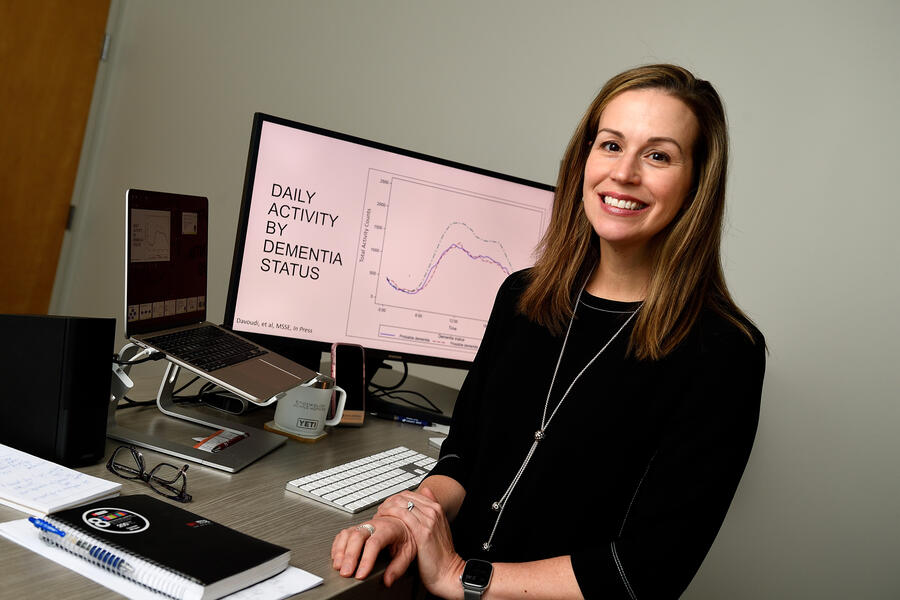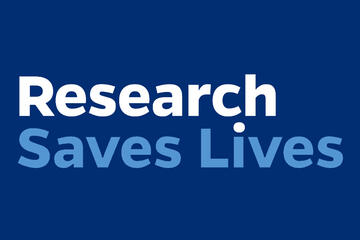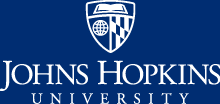One of the largest recipients of National Institutes of Health funding at Johns Hopkins University is the Center on Aging and Health, an interdisciplinary effort spanning medicine and public health.
And for good reason: There will soon be more adults aged 65 and older than children aged 5 and younger, according to U.S. census data. "This critical juncture accentuates the important nature of our research, which enables older adults to live longer, healthier, and more independent lives," Jennifer Schrack, director of the Center on Aging and Health, writes in a welcome message on the center's website.
Video credit: Aubrey Morse / Johns Hopkins University
The grant funding has supported the center's yearly efforts to help execute the National Health and Aging Trends Study(NHATS)—an annual survey of more than 5,000 Medicare beneficiaries age 65 and older that began in 2011—and its sister survey, the National Study of Caregiving, which systematically examines family and unpaid care provided to NHATS participants.
The surveys are some of the only national, long-term studies of thousands of older adults that provide real-time insights into how Americans are aging, the conditions they are experiencing, and the care they are receiving. Proposed cuts in NIH grants could jeopardize the 14 years of data across 17,000 older adults that has tracked the challenges they and their caregivers have faced.
"It has never been more important to understand the trends and dynamics associated with changes in late-life physical, cognitive, and sensory health," Schrack said. "NHATS and NSOC are invaluable resources to researchers focused on improving the lives of older adults. ... Given the aging of our population, endangering this research would have dire consequences."
The National Health and Aging Trends Study is a longitudinal project launched in 2011, and the latest five-year grant awarded last year follows 15 years of the federal government's support for the survey.
Participants are interviewed each year to gather information about their daily lives, health, and well-being. The survey provides information on trends in disability, caregiving, and independent living among older Americans. It also measures mobility, cognitive function, and limitations on daily activities and studies changes in physical and mental health over time. In addition, the survey examines how financial and social resources affect aging and provides data to help formulate policies associated with Medicare and long-term care.
The caregiving survey examines the type of assistance provided to NHATS participants such as bathing, dressing, and meal preparation. It also studies the physical, emotional, and financial impact of caregiving and tracks changes in caregiving and the implications for health care policies.
The survey data is publicly accessible, has 9,000 registered users, and has resulted in more than 900 research publications to date.
The surveys are identifying gaps in care, Schrack said. Further, Medicare claims can be linked to the survey findings, making it possible for the federal government to determine how much various conditions cost the United States.
"We could identify ways to save money," she said. "That will never happen if the data collection ceases."
Posted in Health
Tagged public health, aging, nursing, nih funding









